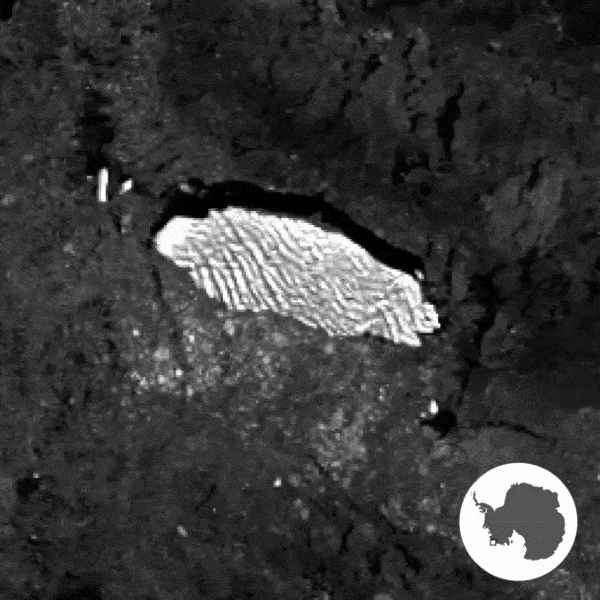
Artificial intelligence is now being used by scientists to swiftly identify large icebergs in satellite images, allowing for a timely monitoring of their melting over time. This innovative approach far surpasses the conventional, human-centered method, as AI can outline the structures in less than 0.01 seconds, a time that is 10,000 times faster than what humans need for the same task.
“It is crucial to locate icebergs and monitor their extent, to quantify how much meltwater they release into the ocean,” emphasized Anne Braakmann-Folgmann, lead scientist at the University of Leeds in the U.K.
In late October, the British Antarctic Survey reported that the massive ice sheets covering Antarctica will melt at an accelerated rate for the rest of the century, contributing to inevitable sea level rise worldwide. A68a, one of the largest icebergs known to scientists, was more than 100 miles long and 30 miles wide. It thawed in the South Atlantic Ocean after drifting for five years from the Antarctic Peninsula, where it had broken apart in 2017.
Scientists have emphasized that this melting iceberg not only released 1 trillion tons of fresh water into the ocean, but also pumped nutrients into its environment, potentially altering the local ecosystem significantly for years to come, with effects that are still unknown.
Artificial intelligence played a crucial role in monitoring A68a’s travels and shrinkage through satellite images, which are extremely challenging to analyze due to the whiteness of icebergs, sea ice, and clouds, that can all appear similar. However, a neural network was able to accurately identify seven icebergs ranging in size from 54 to 1052 square kilometers.

Artificial intelligence not only provided enhanced speed and accuracy but also managed to avoid the same mistakes of more conventional automated approaches. This breakthrough opens the door for near real-time monitoring of remote and inaccessible parts of the world.” This research is detailed in a paper published in the journal The Cryosphere.


